What to Eat in Dublin: 13 Treats You Should Not Miss
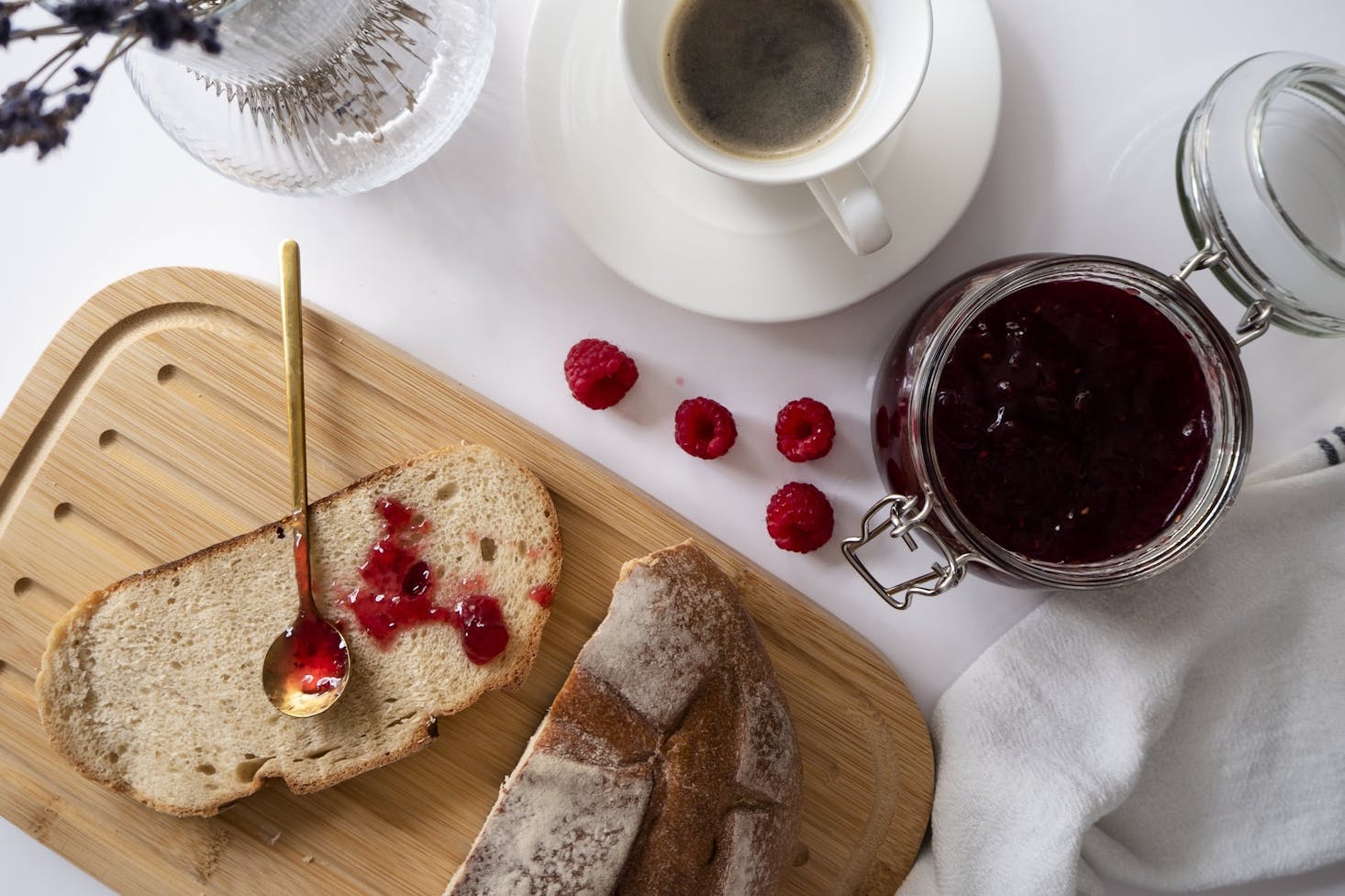
The largest and the capital city of Ireland, Dublin is a vibrant metropolis that boasts a rich history and culture. Set on the River Liffey in the Irish province of Leinster, Dublin is a hub for education, industry, arts, culture and administration. In fact, it is one of the most visited destinations not just in the United Kingdom but in the entirety of Europe, welcoming an average of 9 million tourists annually.
One of the many draws of the Irish capital is its bustling dining scene. Dublin’s food scene is extremely diverse and features cuisines from different parts of the globe. The city's restaurant scene is also impressive. Here, you can find a mix of fine dining establishments and even a Michelin starred restaurant along with traditional eateries and pubs serving no-frills Irish food. While it is exciting to have a myriad of cuisine options, you’d be remiss not to sample the authentic flavors of traditional Irish cuisine while on a trip to Dublin.
The local cuisine in Dublin features everything from hearty stews and breakfasts to pies and sweet breads. If you want to eat like a local, here are some of the treats that you should not miss out on when in Dublin. If you plan to take your foodie itinerary up a notch, check out these guides on the city's top vegetarian restaurants and must-try local Dublin street food. (Pro tip: Before heading out, check your luggage at a Bounce storage locker in Dublin to avoid any inconvenience).
Get $5 off with the Bounce app
Use Bounce to find nearby bag storage in 4,000+ cities worldwide.
Get the app
Dublin Food: Irish stew
If there is one local delicacy you should definitely eat in Dublin, it would have to be the Irish stew. Ireland’s national dish, this traditional stew dates back to the 19th century and was invented to create a hearty meal using whatever leftover ingredients were available. While the original recipe of the Irish stew was composed only of mutton, potatoes, barley and onions, there have been several variations of the dish over the years.
Local ingredients such as lamb, beef carrots, parsnips, turnips, thyme and parsley are now added to the stew. Because it is the quintessential comfort food in Ireland, you won’t have any difficulty finding the Irish stew; it is easily available in most pubs in Dublin, though each version may vary depending on each location’s personal recipe. If you are feeling adventurous, you can even try the unique Beef and Guinness Stew version available at the iconic Guinness Storehouse.
Dublin Food: Boxty pancakes
Unlike any other pancake you’ve ever tried before, the boxty is a traditional Irish food made using potatoes. More specifically, it is made by combining mashed potatoes, grated raw potatoes, eggs, buttermilk and flour to create a pancake-like batter, which is then fried until golden brown. Boxty pancakes are originally served with just butter or sugar, although there are many variations available today.
One of the best places in Dublin where you can eat this local dish is at the Gallaghers Boxty House, located in the buzzing Temple Bar district. Established in 1988, the pub serves traditional Irish fare but is best known for the extensive selection of boxty pancakes on its menu, including flavors like corned beef, smoked salmon, mussels, ham and lamb boxty.
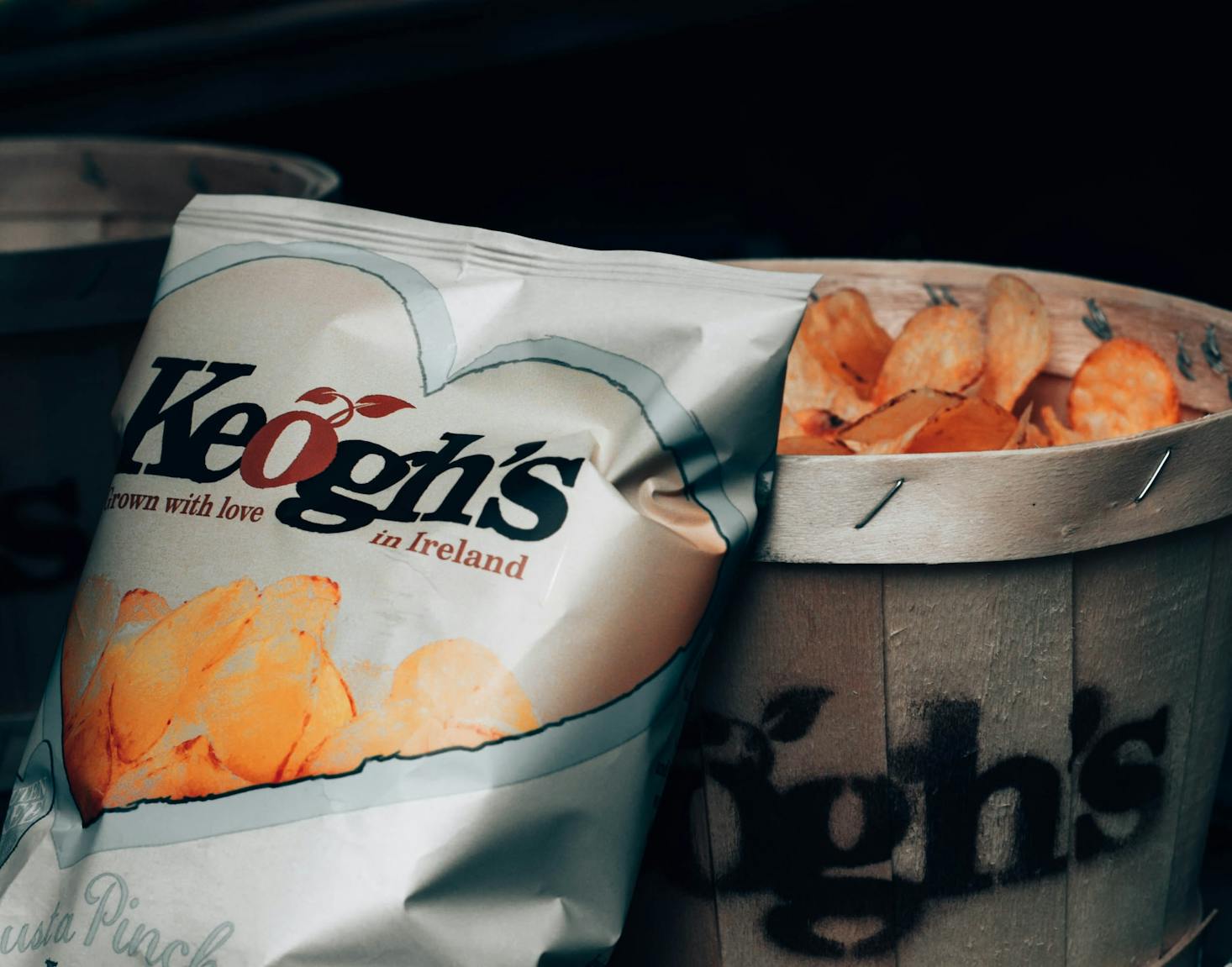
Dublin Food: Beef and Guinness pie
It’s no secret that the Irish love their Guinness, so much so that they include it in a lot of their local dishes, one of which is the beef and Guinness pie. A local favorite, this quintessential Irish food is essentially a beef stew topped with the iconic dry stout and baked inside a pastry.
Aside from the two main ingredients of Guinness and beef, the filling also features ingredients like onion, carrots, stock, redcurrant jelly, mustard powder and celery. If there’s leftover sauce, it is placed in a jug and served on the side, which you can use gravy for the pie.
Dublin Food: Irish breakfast
If there’s an English breakfast, then you can bet that the Irish have their own version of a hearty breakfast; a full Irish breakfast is a traditional meal that is composed of meat (commonly sausage or bacon), fried eggs, potatoes, vegetables and black and white pudding, all fried in creamy butter. Some places serve full Irish breakfast alongside brown bread or boxty pancakes and with a side of coffee or tea and a glass of orange juice.
This dish is a huge part of Irish history; the meal was invented to prepare workers for a full day of labor, particularly during the winter season. Today, however, the dish is more often prepared on Sunday mornings or during the holiday season (or as a hangover cure). Most pubs and cafés in Dublin serve full Irish breakfasts, with some of the popular joints being O’Neill’s Pub and Kitchen, WUFF, and Gallaghers Boxty House in Temple Bar.
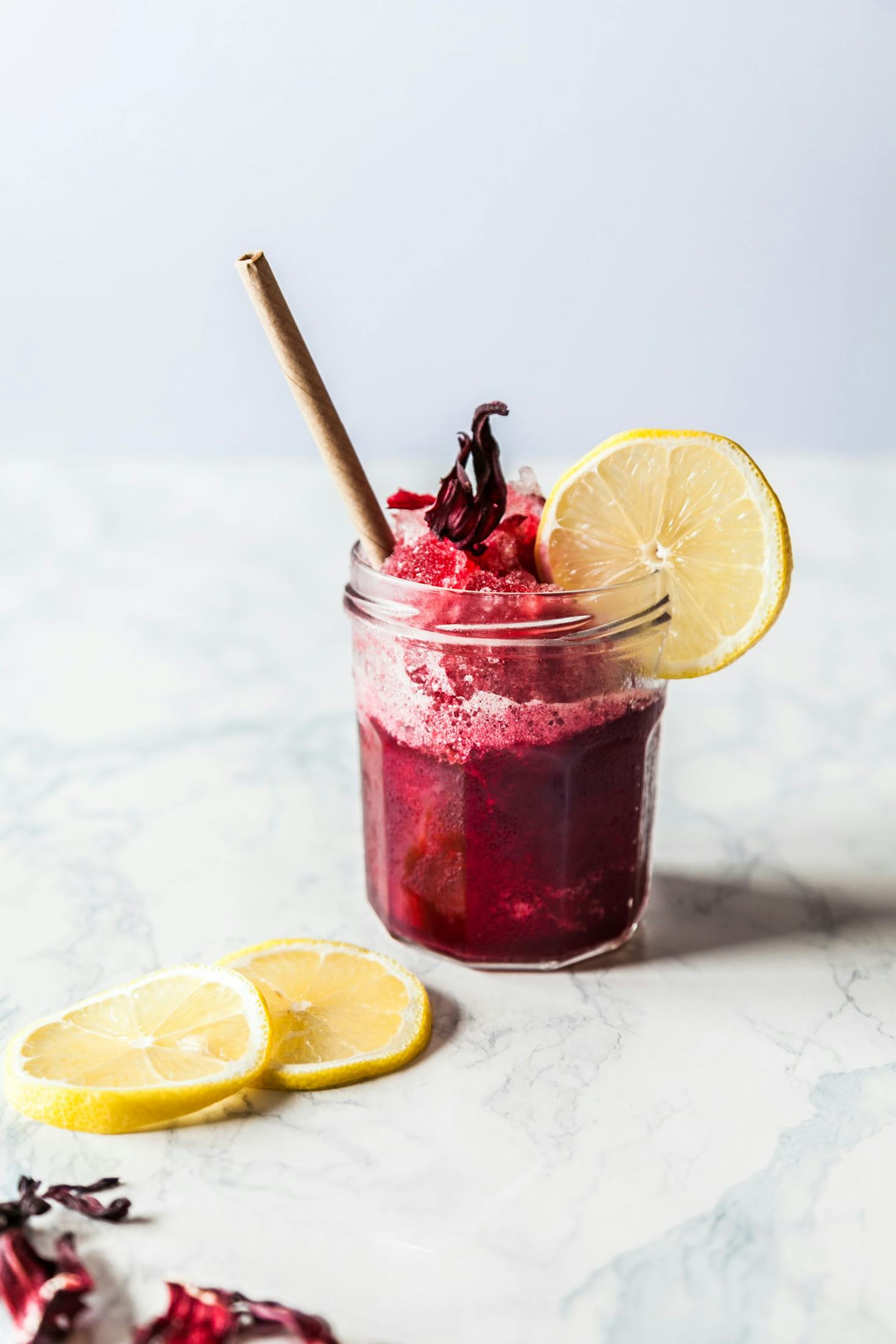
Dublin Food: Spice bag
One of the most popular Irish fast food dishes to come out of Dublin is spice bag. While the dish is noticeably Asian-inspired, spice bag was popularized in the city around 2010, although its precise origin is unknown. The popular takeaway meal is composed of some form of chicken (often shredded or nuggets), deep-fried potato chips, chili peppers, onion and capsicum, all placed in one paper bag. Some versions of the spice bag even use more exotic spices such as garam masala or cumin.
Dublin Food: Dublin coddle
With a history that dates back to the 1700s, the coddle is no doubt the most iconic dish in Dublin and a must-try during your stay in the city. Believed to have been derived from the French word caudle, which translates to “to boil gently”, the Dublin coddle is a meat stew consisting of bacon, sausages, potatoes, sliced onions and various herbs and spices that bring flavor to the dish.
The dish was invented by locals while trying to figure out a way to reuse leftover food that was about to expire. At present, it is still one of Dublin’s most beloved comfort foods and is served in the city’s top pubs and restaurants. Renowned Irish writers such as Sean O’Casey, James Joyce, and Jonathan Swift have also mentioned their love for the Dublin coddle on more than one occasion.
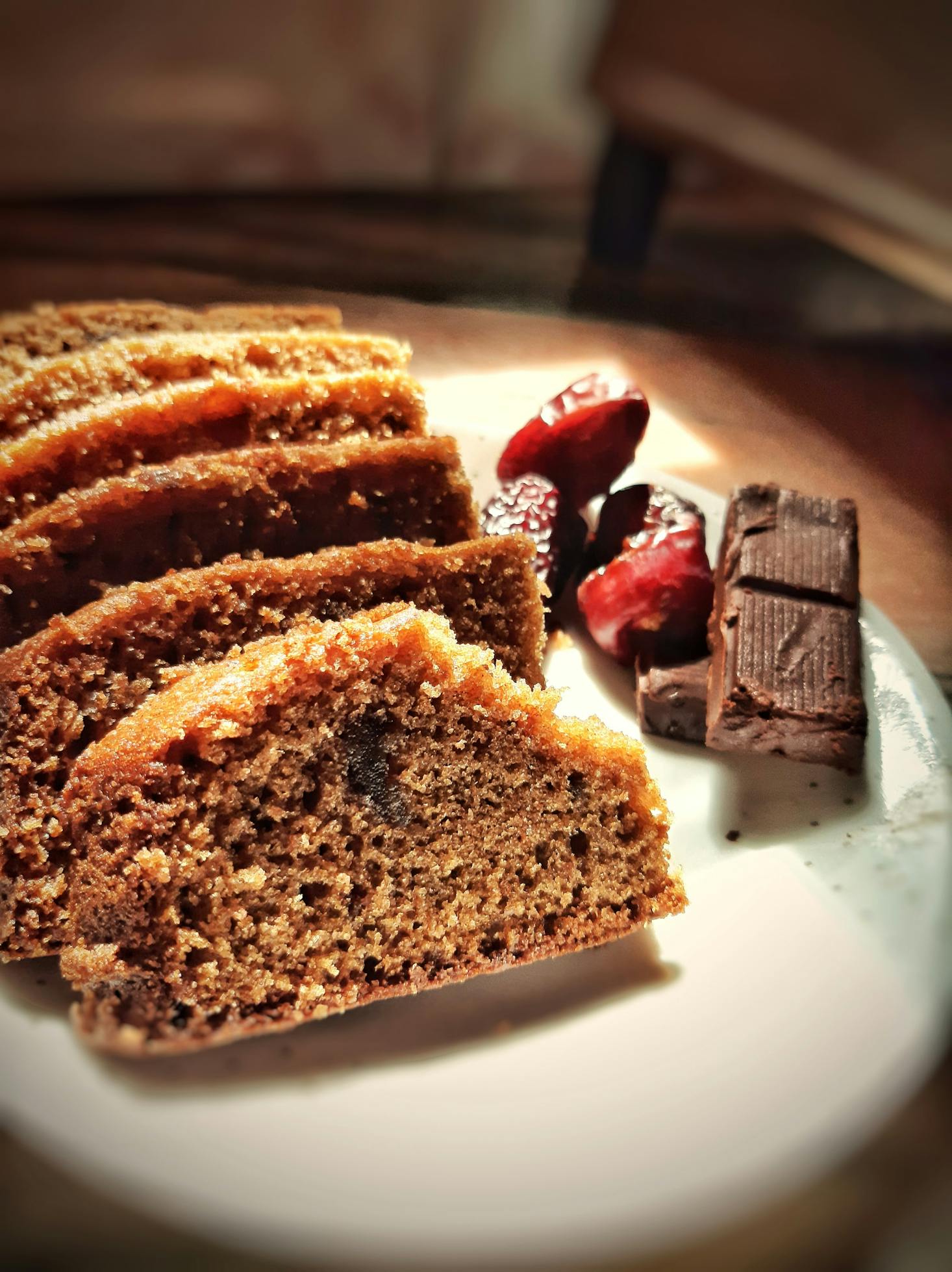
Dublin Food: Colcannon
The Colcannon is best described as the Irish version of the classic British working-class meal known as bubble and squeak. Invented during the 18th century, this traditional dish features mashed potatoes as the main ingredient, along with ingredients such as cabbage or kale (or both), onions, cream and milk. In some places, the colcannon is served with a side of Irish bacon, salt pork or ham.
Today, colcannon is primarily served on festive days during the year, particularly during St. Patrick’s Day, Halloween and Christmas. However, almost all pubs in the city center serve colcannon as it is widely considered comfort food for the locals. One of the most popular places in Dublin for colcannon is Hairy Lemon along Stephen Street.
Dublin Food: Seafood chowder
The seafood chowder is by no means an invention of the Irish, but their version is certainly up there with the best. Originally a French delicacy, the Irish variation features a combination of two or more seafood, mainly smoked salmon, cod, prawns, shellfish, haddock and other white fish. What makes the Irish seafood chowder stand out is the freshness of the ingredients; Ireland’s proximity to the water means that seafood is a huge part of the nation’s local cuisine.
This assortment of fresh fish and seafood is then cooked in cream, milk and an array of vegetables to form a thick chowder. It is finished with a garnish of fresh parsley and served with bread. Irish seafood chowder is easily available in most Dublin restaurants and pubs and can be consumed any day of the year.
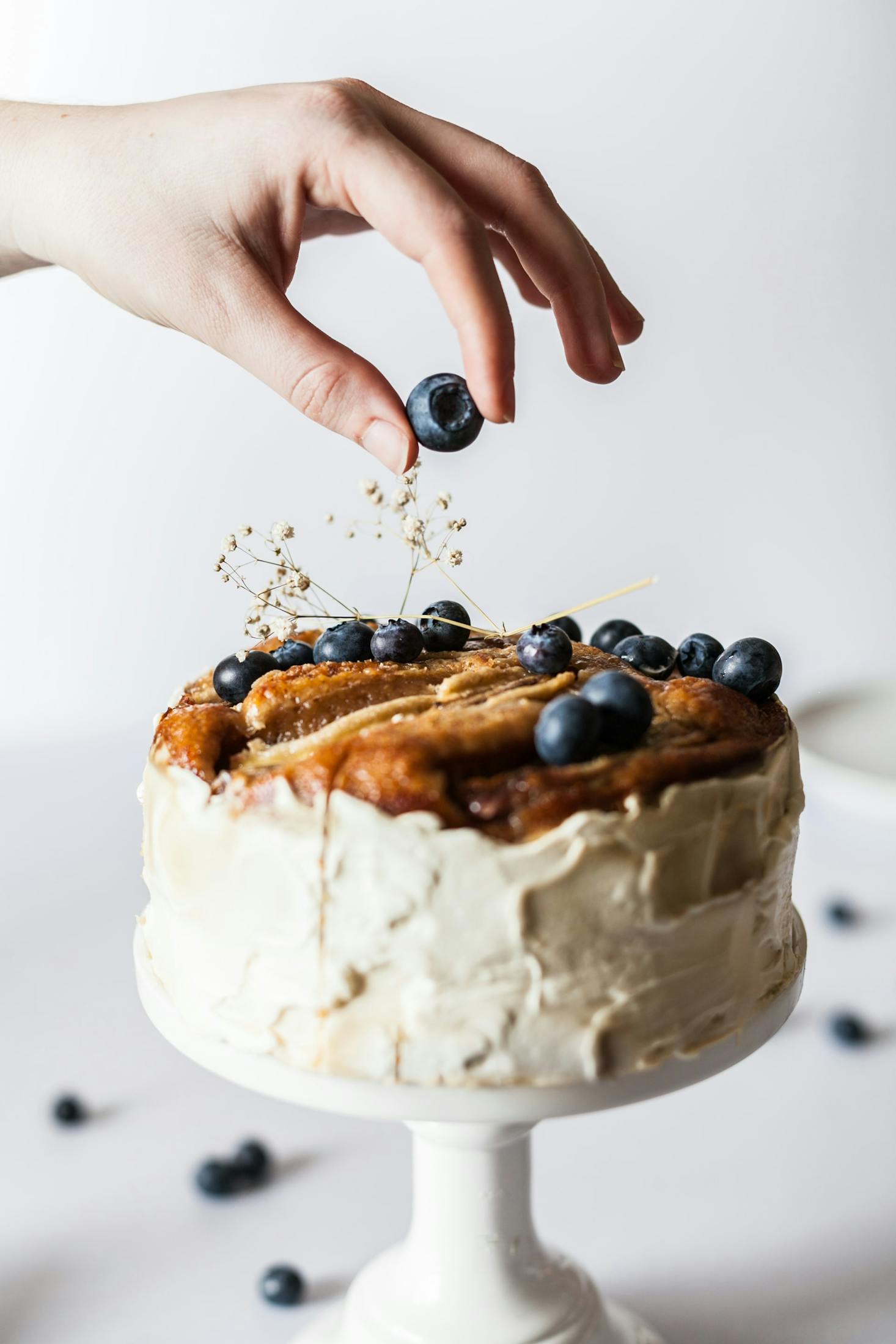
Dublin Food: Barmbrack
The barmbrack is one of the most renowned traditional baked goods in Ireland and a must-try when in Dublin. Similar to a Christmas cake, the delicious barmbrack bread has raisins and sultanas that add to its overall flavor. The bread can either be served on its own, toasted or with a dollop of butter and a cup of tea. Some of Dublin’s most popular bakeries that offer barmbrack include Hansel & Gretel Bakery, The Firehouse Bakery and The Butler’s Pantry.
More than just being a tasty snack, the barmbrack is also a major part of Irish culture and is widely associated with the Celt celebration of Halloween. During the holiday, a trinket such as a ring or a coin is hidden inside the loaf; whoever gets the slice containing the trinket is believed to be the recipient of good fortune.
Dublin Food: Soda bread
Next to barmbrack, soda bread is one of Ireland’s most traditional breads and a staple in the Dublin dining scene. A type of quick bread, this Irish treat got its name from baking soda, which is the ingredient in the dough used as a leavening agent in place of yeast. Soda bread is a timeless dish and every household in the city has its own recipe passed down to the next generation. However, if you want to sample the bread in Dublin, some of the go-to spots include Fallon & Byrne, The Bakery Temple Bar and Bretzel Bakery.
Soda bread is made from basic ingredients such as baking soda, milk, flour and salt. Once baked, the brown bread presents a soft center with a crispy crust. While the original recipe is plain, there are some bakeries that add toppings such as nuts and raisins. Soda bread is served with either butter or jam during afternoon tea. It is also often prepared as a side to almost any dish, including Irish breakfast, coddle and seafood chowder.
Dublin Food: Black and white pudding
One of the staples of a traditional Irish breakfast is the black pudding, which is a kind of sausage made from meat, blood, oatmeal, fat and potato or bread fillers. On the other hand, white pudding is essentially a black pudding without the blood ingredient. In Dublin and most parts of Ireland, these two kinds of sausages are served together in a single dish, the black and white pudding. The breakfast favorite is offered in most restaurants and pubs across Dublin but perhaps the best version can be found at The Pig’s Ear along Nassau Street.
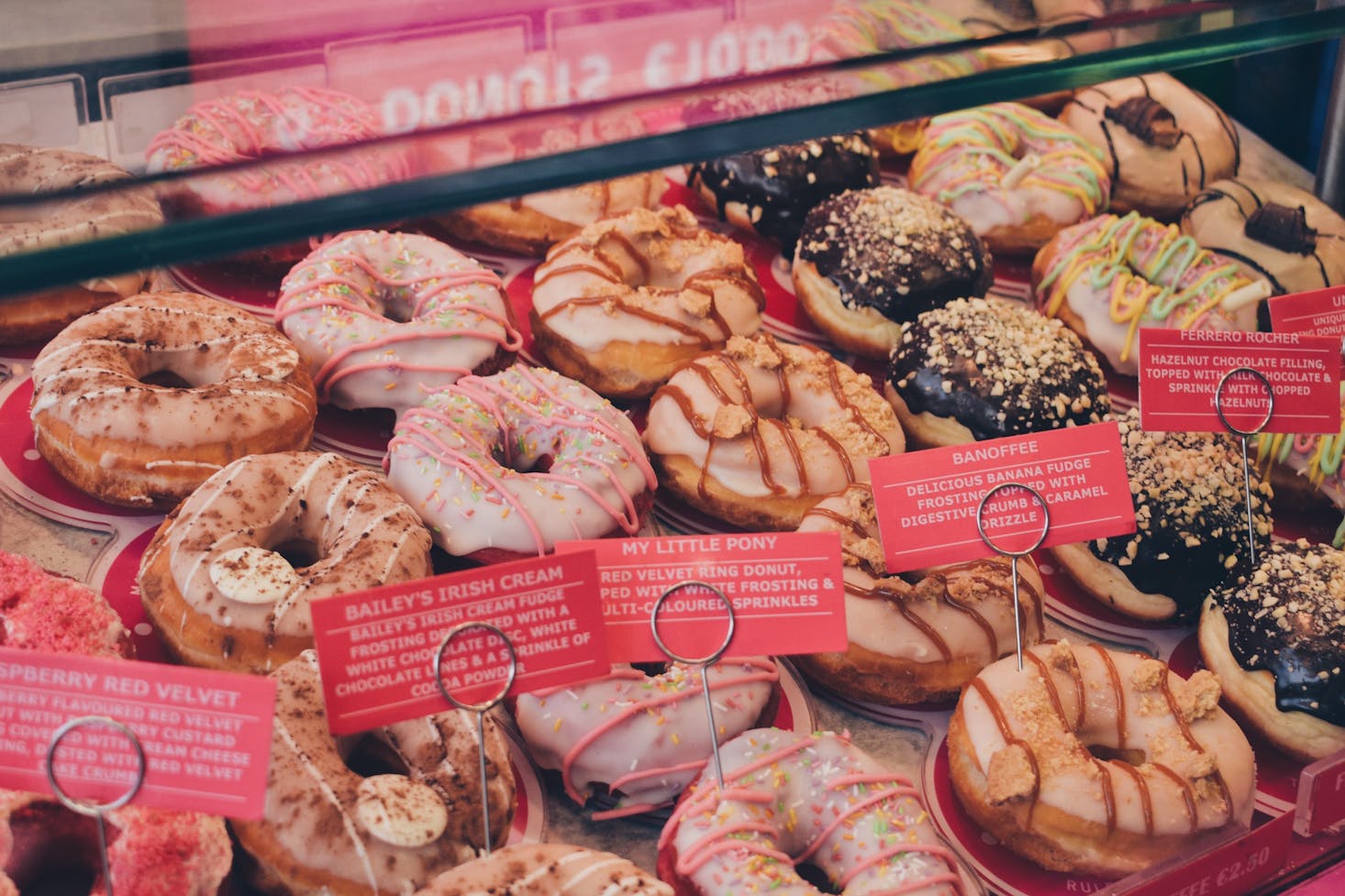
Dublin Food: Bacon and cabbage
One of the most popular seasonal dishes in Ireland, bacon and cabbage is no-frills Irish food that is quick and easy to prepare. Traditionally made and served during St. Patrick’s Day, the dish mainly consists of cured pork bacon and cabbage; every now and then, other ingredients such as carrots, potatoes, turnips or onions are added. The dish is served with a side of white sauce made out of milk, flour, butter and different herbs.
The bacon and cabbage dish was originally invented by Irish farmers who had to make do with ingredients that were readily available to them. Over the years, however, the simple but hearty dish has become a huge part of the Irish dining scene and the St. Patrick’s Day tradition.
Dublin Food: Irish coffee
Although not technically a dish, there’s no way you can leave Dublin without trying an Irish coffee. This traditional beverage consists of coffee, Irish whiskey, and sugar topped with cream. Despite being spiked with alcohol, Irish coffee can be enjoyed during the day or after dinner as a palate cleanser. Almost all cafés and pubs in Dublin serve Irish coffee; some of our personal picks include Vice Coffee, The Brazen Head and The Long Hall.
Savor and Enjoy Irish Food
If you are planning on visiting Dublin in the near future, you should not miss out on the chance to sample some of the most iconic local treats in the city. From a food hall to a restaurant to a street vendor, amazing eats await!
After filling yourself up with Dublin's best dishes, you may want to burn all the calories that you've happily consumed. If so, check out this list of the best hikes in Dublin or walk the span of the O'Connell Bridge to help recover from your food trip around the Irish capital.
Get $5 off with the Bounce app
Use Bounce to find nearby bag storage in 4,000+ cities worldwide.
Get the app
